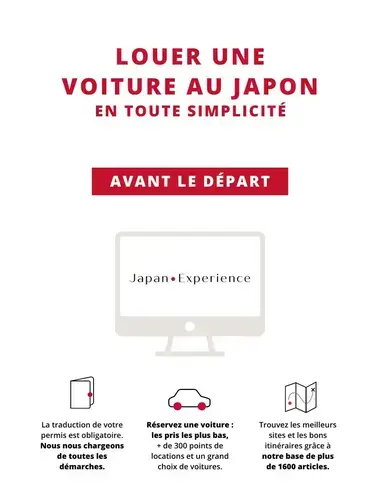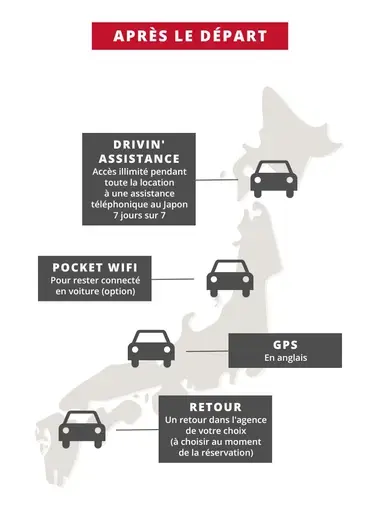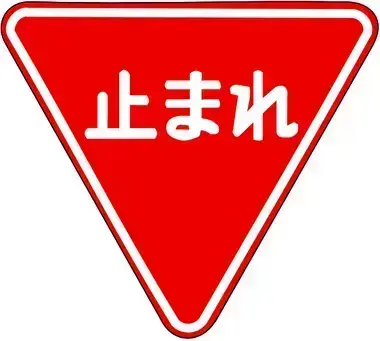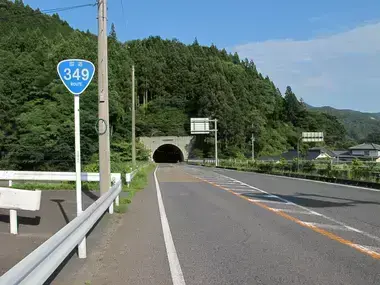Driving in Japan
Travelling in Japan by car: a practical guide
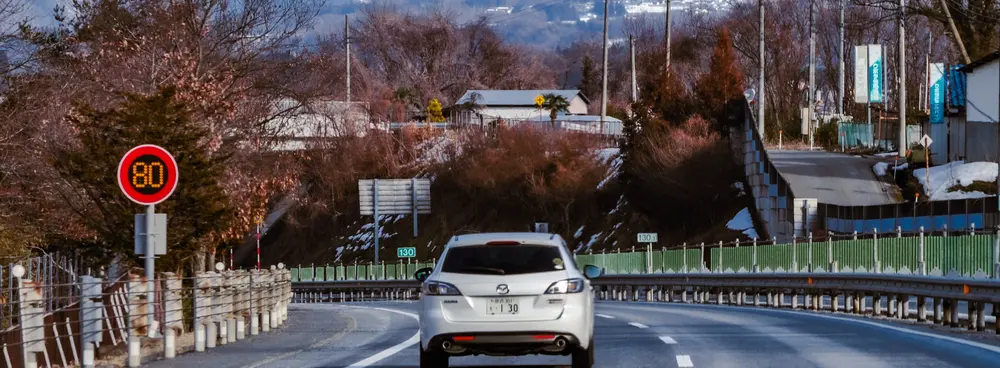
Japan may have one of the most efficient rail networks in the world, but traveling by car remains the preferred and even essential means of exploring some of its most beautiful regions that may be a little harder to access via train. Now, visiting Japan by car has never been easier!
To enable travelers to go where the train can't, Japan Experience offers a complete arsenal of services for driving in Japan, including all the tools necessary for a successful trip. From driving license translation to car rental, including GPS, Drivin' Assistance and practical advice, we give you all the keys to a successful road trip and explore Japan off the beaten track.
Take to the roads to explore Japan from the inside out
1° Translating your driver's license: the first essential step
To drive in Japan, having an international driving license will not be enough for many nationalities. Therefore, translation of the driving license to Japanese standards will be essential to reserving a car rental and getting behind the wheel.
Japan Experience is in partnership with the JAF, the Japan Automobile Federation , to offer you this official translation service for your driving license.
Having your driving license translated couldn't be simpler, and will save you a lot of red tape when preparing your trip to Japan. You don't need a passport or identity card, just a copy of your driver's license and your departure date, and the agency will take care of everything.
Once you're in Japan, every time you drive, you'll need :
- the original copy of your driver's license,
- the official translation provided by Japan Experience, in official paper format.
2° Rent a car in Japan: Discover Japan from the inside
Rent a car in Japan
Will you rent a car in Japan? With Japan Experience, you can pick up and drop off your rental car from the north to the south of the island of Honshu of course, but also up to Hokkaido, Kyushu or Shikoku and even in Okinawa.
Do you fancy a car in Nikko to explore its sacred mountains and the surroundings of one of the most iconic places in Japan? Will you want to visit the Japanese capital far from the crowds of public transport? Or have you always dreamed of discovering rural Japan by following the legendary Tokaido route? Our car rentals are available all over Japan and will be there to help you travel the country at your own pace!
Japan Experience, in partnership with Toyota, rents cars through more than 300 agencies located in strategic points of the country. A wide range of vehicles suitable for small excursions as well as long journeys that will need the highest level of comfort.
Good news: the GPS will also be available in English, as will be the SIM cards to stay connected. For those who get a little lost or simply need some help or advice, the Drivin' Assistance Service offers telephone assistance in Japan 7 days a week for any questions, advice or troubleshooting.
To rent a car, complete our online form and we will contact you within 48 hours. Your car will be waiting for you at the selected agency. The choice is yours for the best way to drive around Japan and see parts of the country you never thought possible!
As soon as our service is available, fill in our online car rental form and receive confirmation within 48 hours. Your car will be waiting for you at the selected agency. Freedom is yours...
- Rent a car for your stay ( coming soon)
3° Driving on Japanese roads
In Japan, cars drive on the left. The experience of driving on the left can be confusing, but with some time for getting used to, you'll have no trouble driving like the Japanese. First of all, familiarize yourself with the Japanese rules of the road: even though Japanese traffic regulations are quite similar to those in other parts of the world, there are a few unique differences. Learn about Japanese road signs, priorities, speed limits and so on. As a general rule, road signs are international, but there are a few points to bear in mind that will be essential to understand:
- Stop signs: Stop signs are not always easy to spot. You won't find a big thick line to tell you to stop, but the sign とまれ, マレ or 止まれ. It's written on the ground with a thin line, but also on an upside-down triangle sign. Spot them well and be careful to respect them.
- Alcohol: The blood alcohol limit for driving is 0% in accordance with Japanese driving law! The Japanese Highway Code is very strict on this subject, and penalties are very severe. Penalties can range from license suspension to jail time. Fines can be given to all passengers in the car even if just the driver is intoxicated.
- Speed: Speed limits will rarely exceed 80 km/h, even on freeways. Make sure to respect these limits.
- Railway crossings: The rule in Japan is to stop in front of every railway crossing when driving in order to check if there is any danger or incoming trains, even if the gates are open. If the crossing has with a traffic light, this will not be necessary.
- Cellphones: Using your cellphone while driving in Japan is prohibited. Don't text and drive.
- Seatbelts: Wearing a seatbelt is mandatory for all occupants of a vehicle in Japan.
- Honking and flashing headlights: Unlike in the US, UK and other European countries, Japanese people don't honk as much, nor do they flash their headlights to thank others, attract attention, etc.
- Parking: In big Japanese cities like Tokyo or Osaka, or even in medium-sized towns like Sapporo, parking is scarce. These city centers offer a wide range of paid parking facilities: underground parking lots, surface parking lots or multi-storey parking lots. Rates vary according to location and duration of parking. Watch our video below for more information
- Highways and tolls: All freeways in Japan are toll roads. There are toll booths on every stretch of freeway. Japanese highways often charge tolls depending on the distance. The Electronic Toll Collection (ETC) is regularly used throughout Japan for efficient and contactless toll fare payment. ETC offers time savings, reduced fares on tolls and a more efficient experience. Tolls are more expensive than in Europe or the US, but gas is cheaper.
- Gas: You will find gas stations along every main road in Japan. Look for large nationwide chains such as Apollo, Cosmo, Eneos, Idemitsu, Cygnus… In Japan, there are two types of gas stations : those where you help yourself at the pump, and those where gas station staff comes and fills up your tank.
Our videos about driving in Japan:
Find out more advice about driving in Japan, parking, getting gas, taking the highway, using a GPS...
